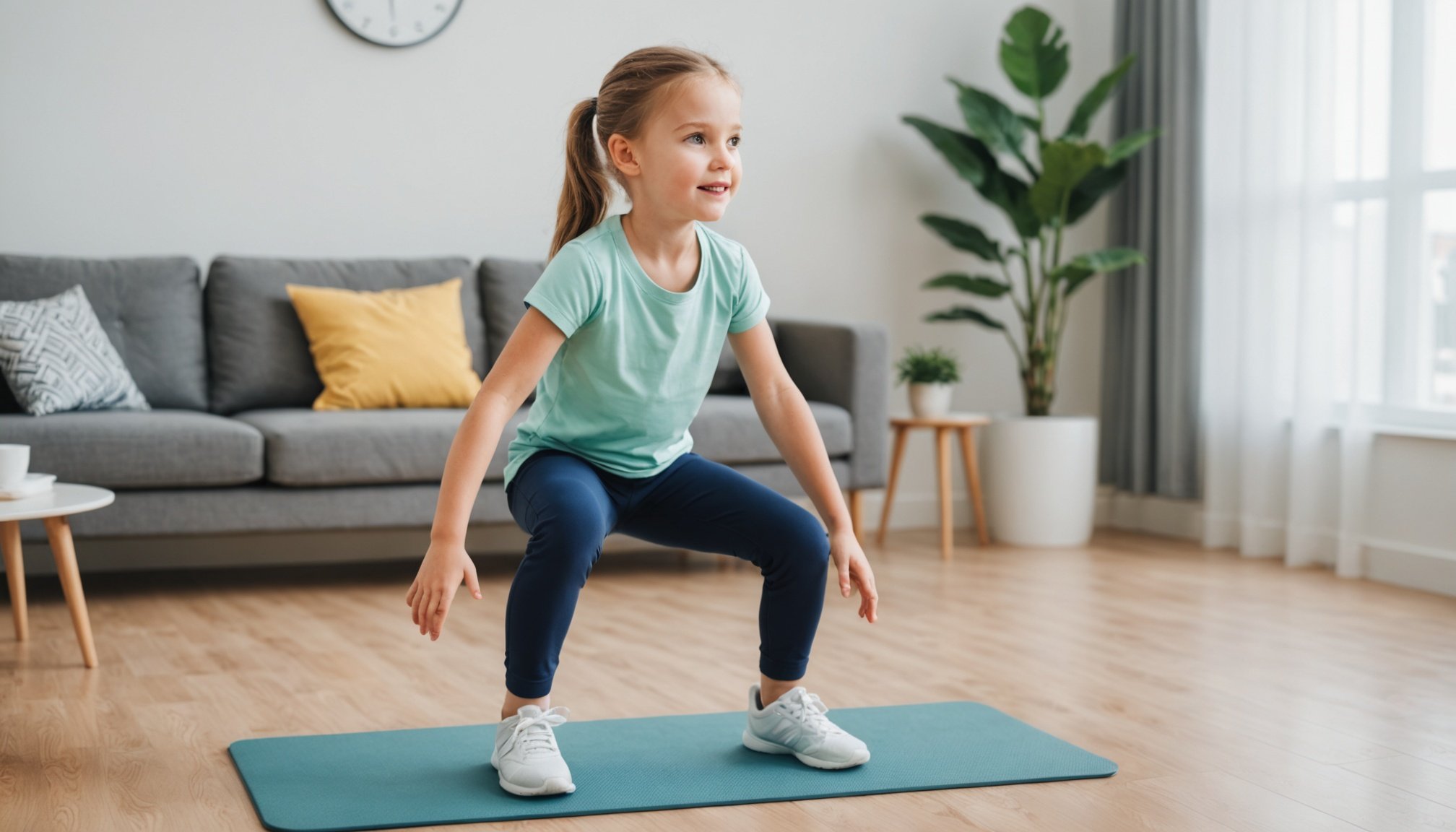In today’s digital age, the glowing allure of screens often overshadows the vibrant world of physical activities. Whether it’s smartphones, tablets, computers, or televisions, screens have become a ubiquitous part of our daily lives, often at the expense of our health. Balancing screen time with physical activities is essential not only for maintaining physical health but also for nurturing mental well-being. This article explores practical ways your family can achieve a harmonious balance, ensuring a healthy lifestyle for both you and your children.
Understanding the Impact of Excessive Screen Time
Screen time is a double-edged sword. It offers numerous benefits such as connectivity, information, and entertainment. However, overindulgence can lead to detrimental health effects. Prolonged exposure to screens can strain your eyes, disrupt sleep patterns, and contribute to a sedentary lifestyle, leading to weight gain and other physical ailments.
Have you seen this : How can gratitude journaling transform your perspective on life’s challenges and contribute to emotional well-being?
Children, in particular, are vulnerable to the appealing nature of screens. Excessive screen time can hamper their social development and academic performance. Studies show that too much screen exposure can lead to attention disorders and reduced physical activity levels among kids.
To navigate the digital landscape successfully, it is crucial to understand these impacts and take action to mitigate the potential damage. Encouraging children to engage in non-screen activities is vital for their growth. Similarly, adults need to set limits to maintain their mental and physical health.
Have you seen this : How can you identify and combat negative thought patterns that undermine your mental health?
Incorporating Physical Activities into Daily Routines
Balancing screen time with physical activities requires conscious effort. Integrating movement into your daily routine can be enjoyable and rewarding. Begin by assessing your current schedule and identifying opportunities to infuse more activity.
- Morning Rituals: Start your day with a short walk or a few stretches. It sets a positive tone and energizes you for the day ahead.
- Active Breaks: Replace sedentary breaks with physical ones. Encourage your family to take quick walks around the block or do light exercises during TV commercials.
- Family Activities: Organize regular family outings that involve movement. Whether it’s a weekend hike or a game of soccer, these activities promote bonding and health.
Incorporating these strategies into your routine helps encourage a more active lifestyle, making it easier to balance screen time with physical activities.
Creating a Digital Diet: Managing Screen Consumption
Just as you monitor your diet, it’s essential to regulate screen consumption. Developing a digital diet can help you manage screen time effectively.
- Establish Boundaries: Set specific times for screen use, especially for children. Create no-screen zones, like the dining room or bedrooms, to promote social interaction and healthy sleep.
- Prioritize Content: Choose content that is enriching and educational over mindless browsing. Encourage children to engage with interactive and educational media.
- Model Behavior: As adults, your habits influence your kids. Demonstrate balanced screen usage and engage in physical activities to set a positive example.
Implementing a structured approach to digital consumption helps reduce overreliance on screens, fostering a more balanced lifestyle.
The Role of Social Interaction in Achieving Balance
Human beings are inherently social creatures. While screens offer virtual connections, real-life interactions are irreplaceable. They provide emotional support, enhance communication skills, and contribute to overall well-being.
Encourage family gatherings and social meet-ups. These interactions help reduce screen time while providing a platform for engaging discussions, laughter, and bonding. Join community groups or clubs that align with your interests, facilitating both social interaction and physical activities.
Promoting social engagement among children is equally vital. Encourage playdates or enroll them in sports teams or activity clubs. These experiences enrich their lives, offering opportunities for growth beyond the digital realm.
Prioritizing social interactions cultivates a healthy balance, complementing screen time with meaningful connections.
Balancing screen time with physical activities is not merely about cutting down digital use; it’s about fostering a holistic lifestyle that emphasizes mental and physical health. By understanding the impacts of screen overuse, actively incorporating movement into daily routines, managing digital consumption, and enhancing social interactions, your family can navigate the digital world successfully.
As you embark on this journey toward balance, remember that the key lies in moderation and prioritization. It’s about equipping your children and yourselves with the tools to live a healthy, vibrant life where screens and physical activities coexist harmoniously. This balanced approach ensures a brighter future for your family, filled with both digital wonders and physical joy.











